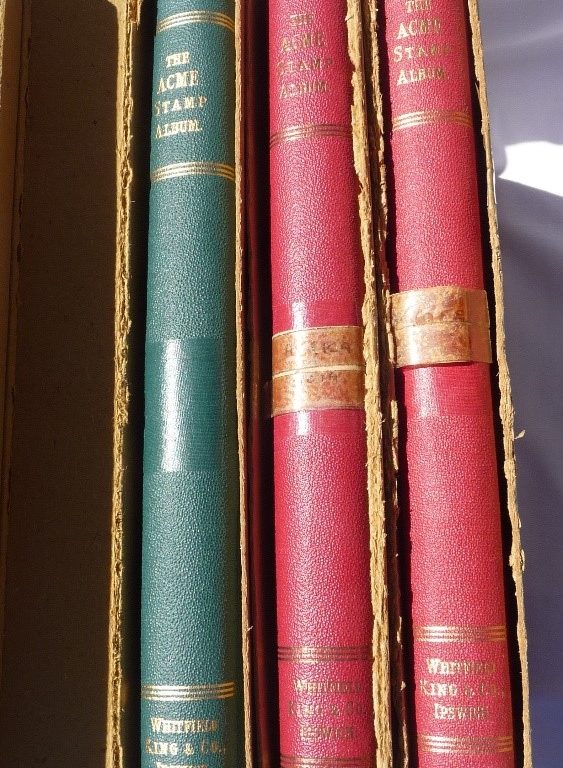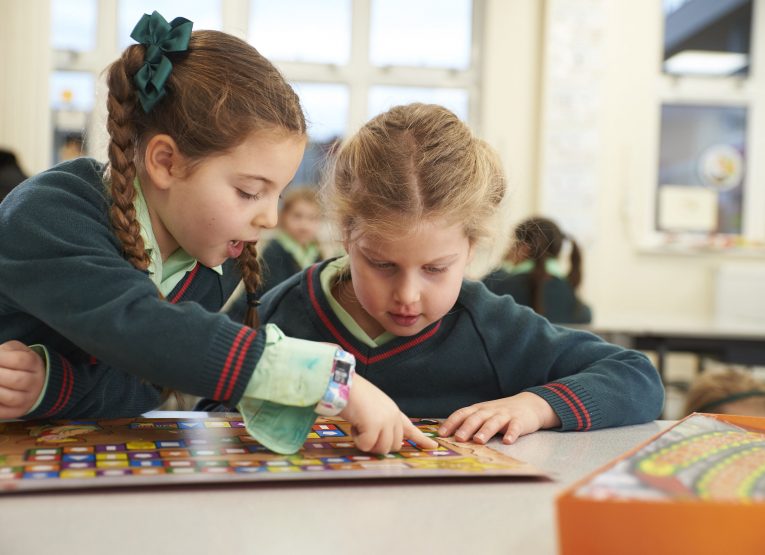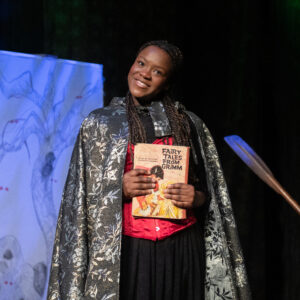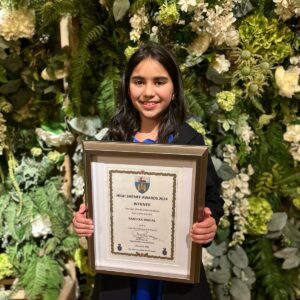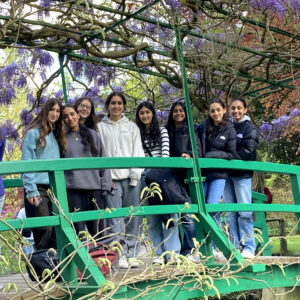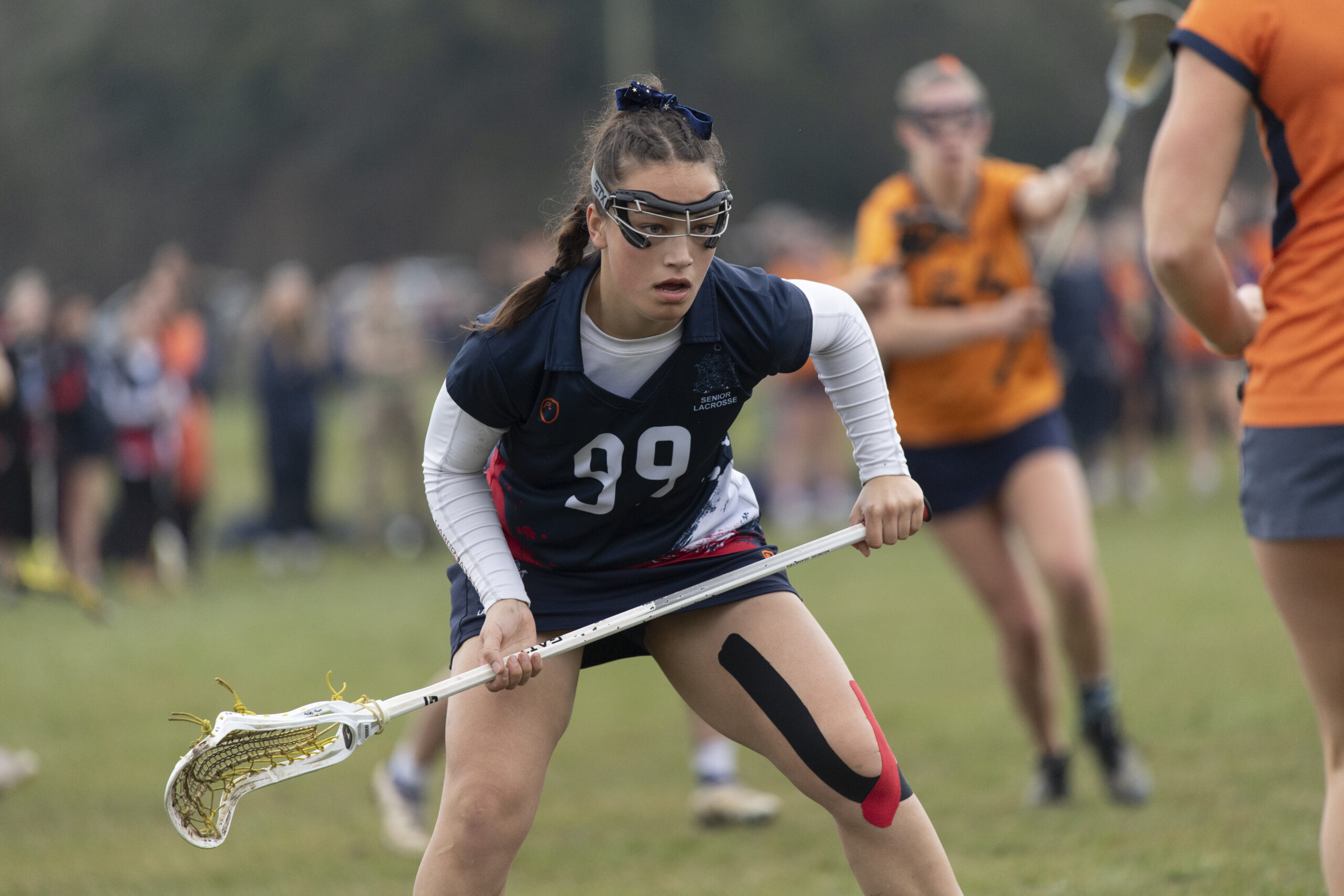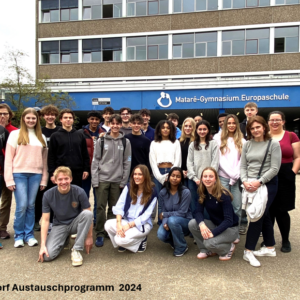This week’s #ThrowbackThursday commemorates the introduction of the Penny Black stamp in May 1840 which was the world’s first adhesive postage stamp. The school’s stamp collection comprises 3 albums which are kept in the archive.
Each album covers a different region of the world – Europe; Africa and Asia; and Americas and Australasia. Countries are arranged in alphabetic order and at the start of each region is a beautiful hand drawn map. For example, the album for Europe contains one map and pages start with Albania ending with Vatican City. The most complex album covering Americas and Australasia contains 4 maps – north America, south America, central America including the Caribbean islands and finally the map that covers Australia and New Zealand which extends to the Seychelles and Madagascar, Antarctica and the Galapagos islands.
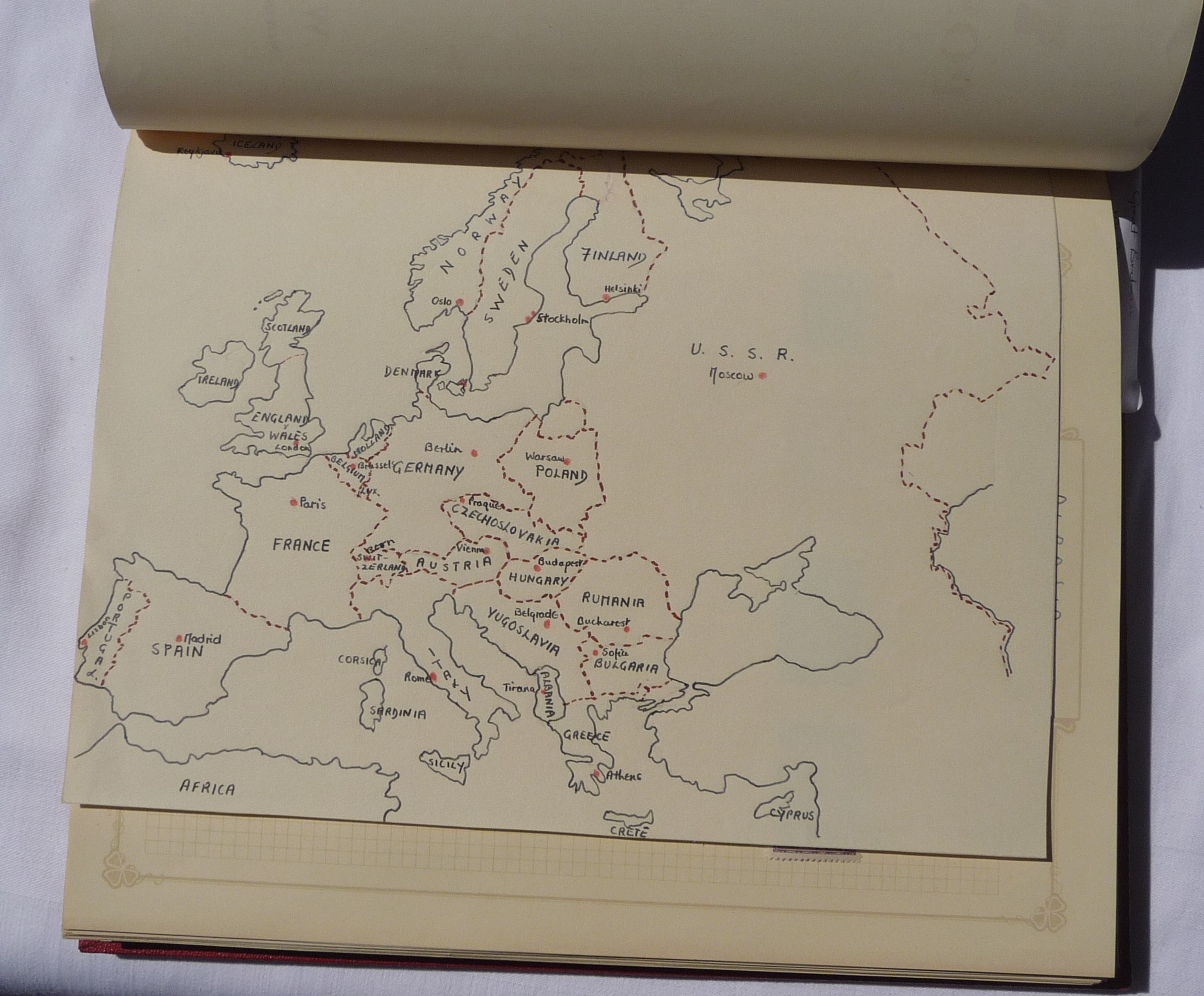 On each page the stamps are mounted using stamp hinges, grouped and ordered. Most date from the 1940’s to 1960’s but some date from earlier decades including clear franking marks from the 1920’s. The maps and country names reflect the times that the collection was put together.
On each page the stamps are mounted using stamp hinges, grouped and ordered. Most date from the 1940’s to 1960’s but some date from earlier decades including clear franking marks from the 1920’s. The maps and country names reflect the times that the collection was put together.
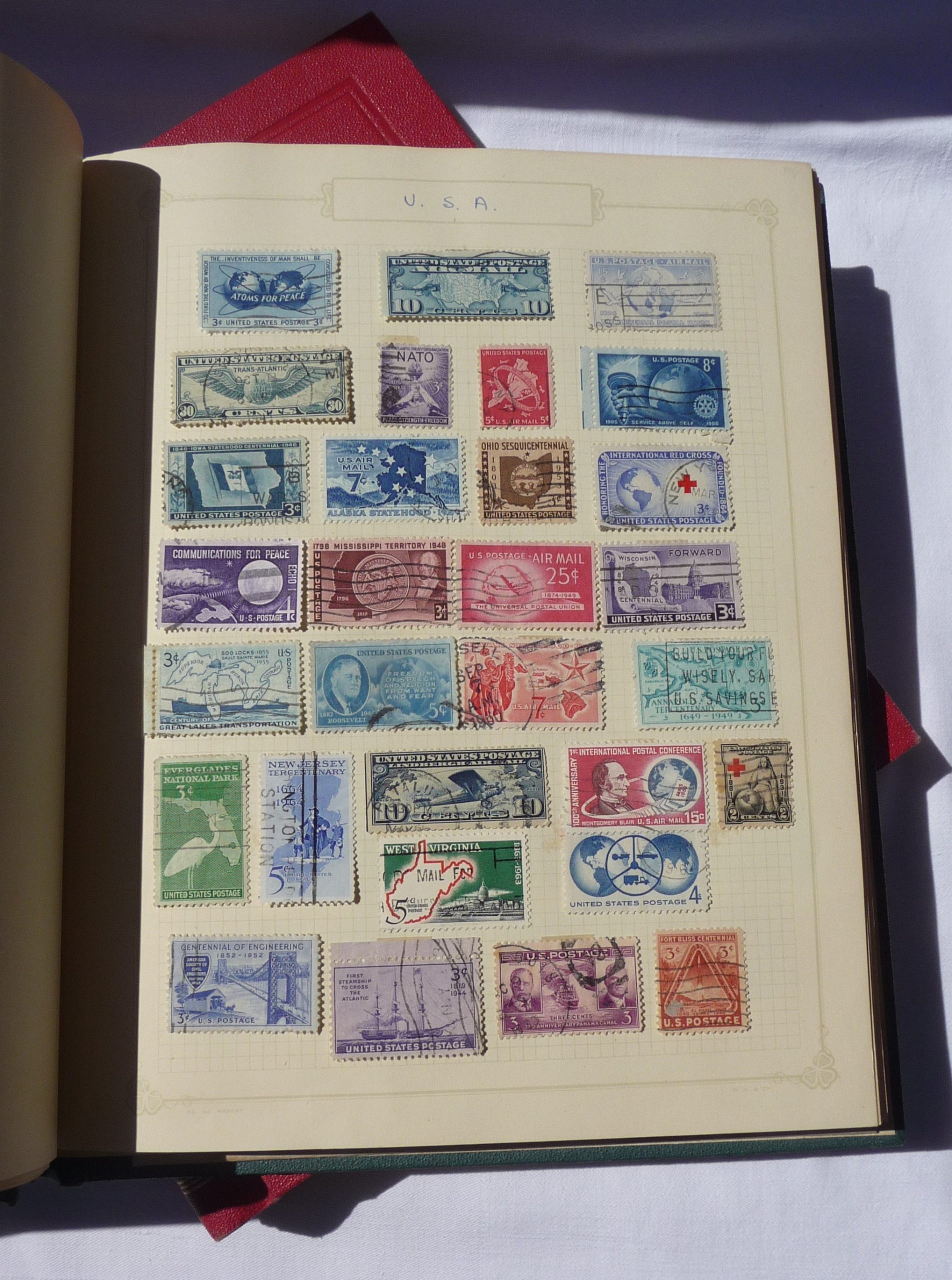
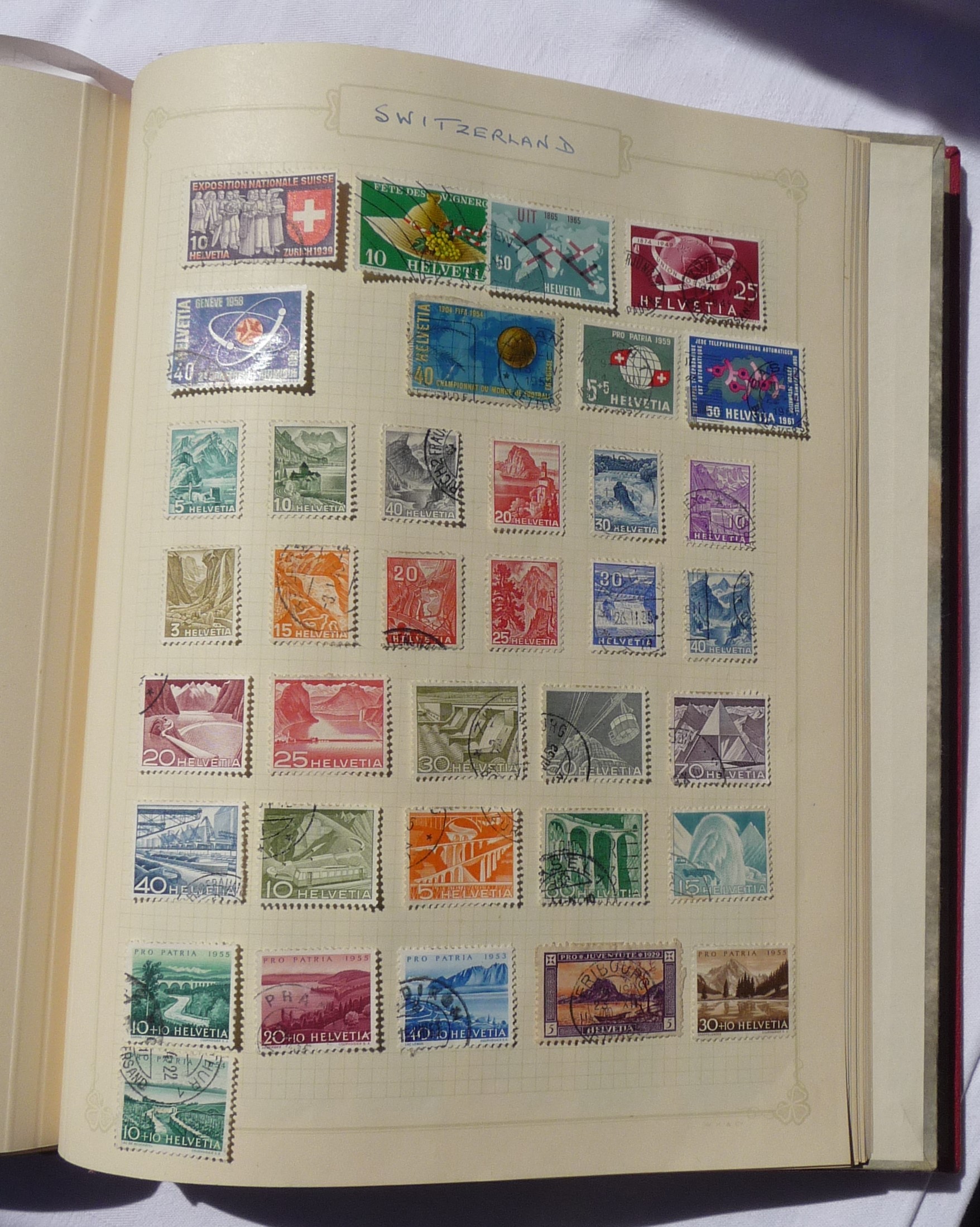
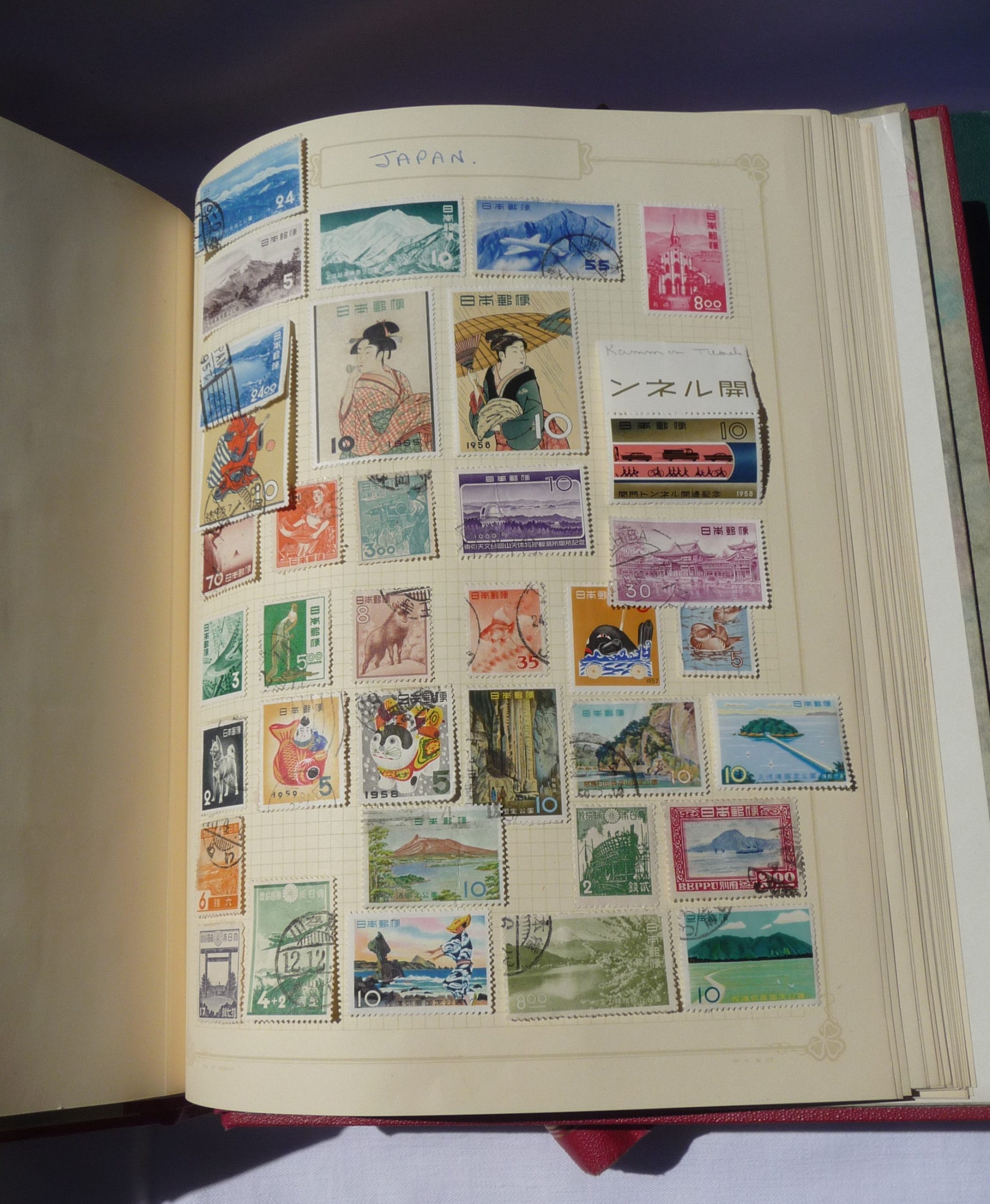
 Information in the school magazines show that these albums were the work of Miss Foxton who was Head of Geography from 1954-1968. Her obituary published in the Greenhouse of 2000 states: “She was also a very knowledgeable and enthusiastic philatelist and many girls benefitted from this through the stamp club.”
Information in the school magazines show that these albums were the work of Miss Foxton who was Head of Geography from 1954-1968. Her obituary published in the Greenhouse of 2000 states: “She was also a very knowledgeable and enthusiastic philatelist and many girls benefitted from this through the stamp club.”
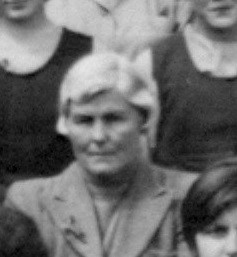
Reports about a stamp club appear in the school magazines of 1958-62. The first records that girls in Form I (equivalent to Year 4) discovered that a number of them collected stamps and so the club was formed. The magazine editorial states:
“Another sign of our interest in other countries is the School stamp collection. We owe this largely to Miss Foxton’s help and inspiration. The collection is arranged on a geographical basis. Stamps of each country include maps, representations of the country’s products, animals, landscapes, flowers, these last showing some very beautiful examples of modern colour-printing. It is hoped that there will be more contributions, so that we can build up a really good collection. The Lower School have already shown their interest by forming their own stamp club.”
In the 1970’s following the school’s move to Elstree there seems to have been a short lived, joint Stamp Club run by Mr. Haylor of the Boys’ School Geography Department and supported by Mrs. Norman (History Department) who organised the initial girls’ membership. Club reports were printed in the 1975 and 1977 school magazine.

